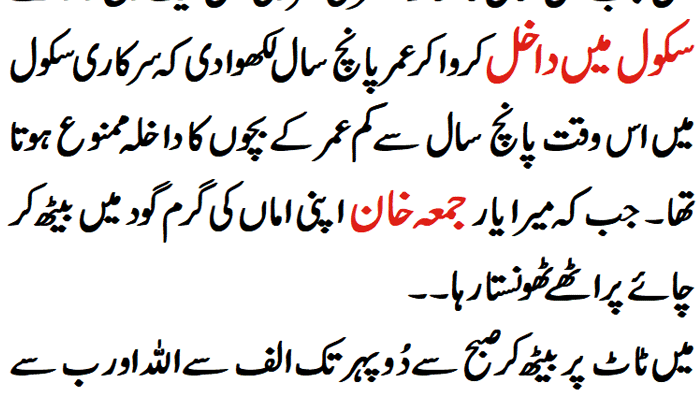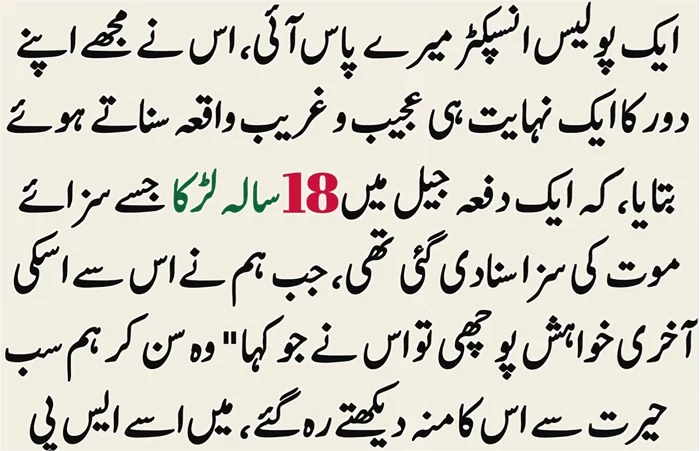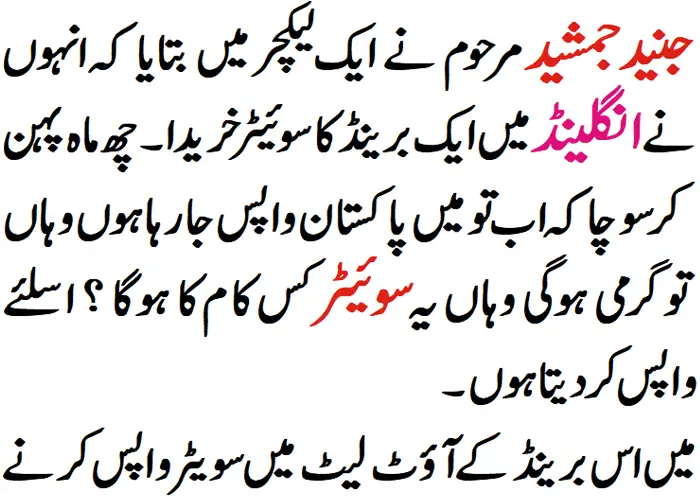Back torment is a typical objection among work area laborers, who go through extended periods sitting before PCs. Chronic back pain is one of the many health problems that can result from this sedentary way of life. Yoga, an old practice that joins actual stances, breathing activities, and contemplation, offers a compelling method for lightening back torment. This article will direct you through a few straightforward yoga represents that can assist with easing back torment, further develop stance, and upgrade generally prosperity.

Advertisement




1. Grasping Back Torment in Work area Laborers
a. The Effects of Constant Sitting
Drawn out sitting, particularly with unfortunate stance, overwhelms the back muscles and spinal plates. Stiffness, pain, and even more serious conditions like sciatica or a herniated disc can result from this.
b. Normal Side effects of Back Agony
Work area laborers might encounter different side effects of back torment, including:
– Lower back pain: A dull hurt or sharp aggravation in the lower back district.
– Upper back pain: Distress between the shoulder bones or in the neck region.
– Stiffness refers to decreased flexibility as well as difficulty moving the spine.
– Muscle spasms: Abrupt, compulsory withdrawals of back muscles.
c. Back Pain Risk Factors
A few elements increment the gamble of creating back torment among work area laborers:
– Bad posture: bending over the desk or stooping.
– Absence of movement: Remaining in one situation for expanded periods.
– Inadequate lumbar support refers to inadequate support for the lower back.
– Stress: Muscle tension and back pain can be brought on by emotional stress.
d. The Significance of Tending to Back Agony
Early Overlooking back agony can prompt persistent circumstances that are more earnestly to treat. Early mediation through rehearses like yoga can assist with forestalling the movement of back torment and work on personal satisfaction.
2. Yoga’s Benefits for Back Pain
a. Further developed Adaptability
Yoga presents stretch and protract the muscles, further developing adaptability and diminishing solidness toward the back. Better mobility and less discomfort may result from this.
b. Reinforcing Center Muscles
A solid center backings the spine and lessens the burden on back muscles. Yoga improves posture and reduces back pain by strengthening the core.
c. Upgraded Stance
Numerous yoga presents center around arrangement and equilibrium, which can address unfortunate stance and forestall back torment. Great stance additionally decreases the gamble of other outer muscle issues.
d. Stress Decrease
Stress reduction techniques like meditation and breathing exercises are part of yoga. Lower feelings of anxiety can diminish muscle strain and agony.
e. Expanded Blood Dissemination
Yoga further develops blood course, which advances mending and lessens irritation in the back muscles.
3. Essential Desk Worker Yoga Positions
a. Feline Cow Posture (Marjaryasana-Bitilasana)
i. Step by step instructions to Perform
– Start on all fours: Place your knees under your hips and your wrists under your shoulders.
– Inhale (Cow Pose): Arc your back, lower your belly to the ground, and lift your head and tailbone up to the ceiling.
– Exhale (Cat Pose): Bring your belly closer to your spine and tuck your chin into your chest.
ii. Benefits
The Feline Cow Posture extends and prepares the spine, alleviating pressure toward the back and further developing adaptability. It additionally advances unwinding and decreases pressure.
iii. Modifications
On the off chance that you have wrist torment, you can play out this posture on your lower arms. For a more profound stretch, move your hands somewhat forward.
b. Pose for Children (Balasana)
i. Step by step instructions to Perform
– Sit back on your heels, with your big toes touching and your knees spread wide apart, and begin in a kneeling position.
– Breathe out and overlap forward: Stretch your arms forward and lay your temple on the mat.
ii. Benefits
Child’s Pose gently stretches the hips, thighs, and lower back. Additionally, it relieves stress and calms the mind, making it an excellent restorative position for desk workers.
iii. Modifications
On the off chance that you have knee inconvenience, place a collapsed cover under your knees. In the event that your temple doesn’t arrive at the floor, utilize a yoga block for help.
c. Descending Confronting Canine (Adho Mukha Svanasana)
i. How to Do It
– Begin all fours: Spot your hands somewhat before your shoulders.
– Breathe out and lift your hips: Fix your legs, making a reversed Angular shape with your body.
– Press your heels towards the floor: Keep your head between your arms and look towards your navel.
ii. Benefits
The entire back is stretched in Downward-Facing Dog, particularly the lower back and hamstrings. Additionally, it strengthens the core, arms, and shoulders, resulting in improved posture and lessening back pain.
iii. Modifications
Twist your knees somewhat assuming that your hamstrings are tight. Assuming that you have wrist torment, use yoga blocks under your hands or play out the posture on your lower arms.
d. Cobra Posture (Bhujangasana)
i. How to Do It
– Lie face down on the mat: Spot your hands under your shoulders with your elbows near your body.
– Press into your hands and lift your chest off the floor while keeping your lower ribs on the mat.
– Inhale and lift your chest: – Keep your shoulders relaxed: Try not to hunch your shoulders up towards your ears.
ii. Benefits
Cobra pose improves posture and alleviates back pain by strengthening the lower back and opening the chest. It also makes the spine more flexible and makes it less stiff.
iii. Modifications
In the event that you have lower back distress, play out a Low Cobra by keeping your elbows twisted and lifting just your chest somewhat off the floor.
e. Span Posture (Setu Bandhasana)
i. Step by step instructions to Perform
– Lie on your back: Curve your knees and spot your feet hip-width separated, near your bottom.
– Press into your feet and lift your hips toward the ceiling while keeping your shoulders on the mat.
– Exhale and lift your hips:
– Catch your hands under your back: For a more profound stretch, intertwine your fingers and press your arms into the mat.
ii. Benefits Span
Posture fortifies the lower back, glutes, and hamstrings. It likewise opens the chest and further develops pose, making it an incredible posture for easing back torment.
iii. Modifications
For a supported version of Bridge Pose that can be more comfortable if you have back pain, place a yoga block under your sacrum.
f. Forward Bend from the Seat (Paschimottanasana)
i. Instructions to Perform
– Sit with your legs extended and maintain a straight back and flexed feet.
– Breathe in and extend your spine: Arrive at your arms above.
– Take a deep breath in, fold forward, and reach for your feet or shins with your hips.
ii. Benefits
The entire back is stretched in the seated forward bend, particularly the hamstrings and lower back. It likewise quiets the brain and eases pressure.
iii. Modifications
If you have tight hamstrings, deepen the stretch by bending your knees slightly or by wrapping a yoga strap around your feet.
g. Pigeon Posture (Eka Pada Rajakapotasana)
i. How to Do It
– Begin in Descending Confronting Dog: Present your right knee and spot it behind your right wrist.
– Extend your left leg back: Lower your chest toward the floor while keeping your hips square.
– Lay on your lower arms or forehead: Hold the posture and inhale profoundly.
ii. Benefits Pigeon
Posture extends the hips, lower back, and glutes, alleviating pressure and torment here. It additionally further develops adaptability and decreases pressure.
iii. Modifications
Support your right hip with a folded blanket or yoga block if your hips are tight. You can likewise remain on your hands as opposed to bringing down to your lower arms.











